Language
You can read the magazine in one of the following languages
There’s no denying that the insatiable hunger for growth permeates every aspect of life in modern society. Whether it’s pursuing growth in career, business, assets or gross domestic products – bigger has always seemingly been better. What often gets overlooked is the methods humans have undertaken to sustain this level of infinite growth. Currently, the global population sits at roughly 8 billion people with an annual growth rate of 67 million people a year.
Some of the most populated cities in the world account for a significant portion of these figures – Tokyo (population: 37.3 million), Delhi (population: 32.9 million), Shanghai (population: 29.2 million), Sao Paulo (population: 24.5 million) and Mexico City (population: 22.3 million) just to name a few.
These numbers shine a light on one of the most urgent predicaments today – are major global cities doing enough to ensure their own sustainability and survival into the next century?
Urbanization is a by-product of growth. In major cities, the promise of jobs and prosperity drives people into densely populated areas, which in effect concentrates the level of environmental impact by humans.
A National Geographic study highlighted that poverty and environmental degradation were the two biggest issues facing high-density cities. These urban issues underscore the key areas of concern for these cities:
Not all news about cities is doom and gloom. While some struggle to keep up with balancing growth and sustainability, a select few are leading the way by throwing their weight behind the green city movement. The term describes highly progressive cities that are actively trialing solutions to counteract the effects of dense population living and the environmental issues that come with it.
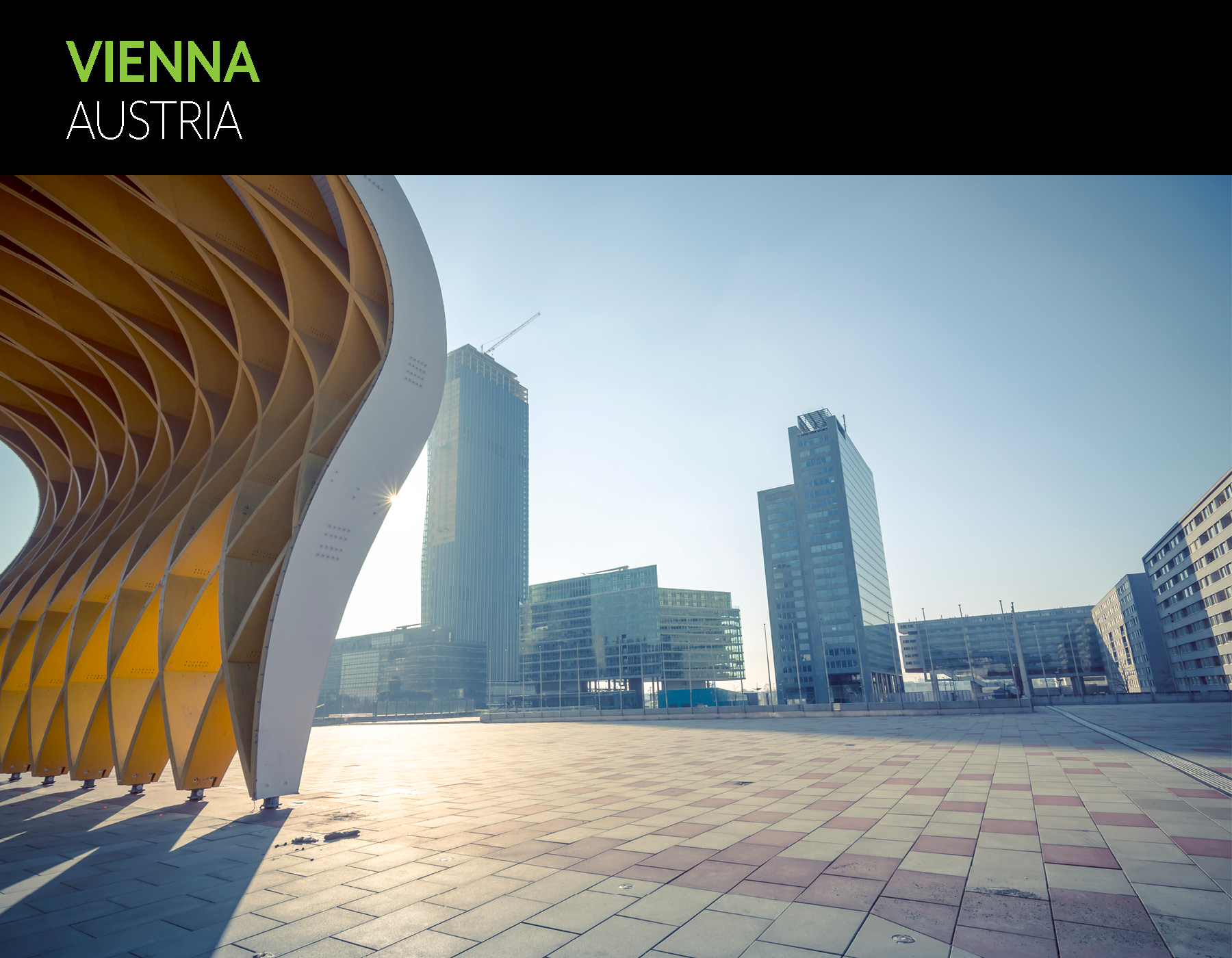
As Austria’s capital city, Vienna is home to almost two million people and accounts for almost one third of the country’s population. The city of Vienna has taken substantial steps toward becoming the world’s leading green city.
In 2014, the Vienna City Council adopted the Smart City Wien Framework Strategy – a long-term strategy designed to establish the blueprint for drastic environmental change. This includes reducing carbon dioxide emissions from 3.1 metric tons per capita to one metric ton per capita by 2050, ensuring 50 percent of Vienna’s gross energy consumption originates from renewable sources and the reduction of individual motorized traffic from 28 percent to 15 percent by 2030.
By 2050, the city is aiming to have all vehicles within the municipal boundaries to operate without conventional propulsion technologies. Vienna has also dedicated its resources into being a major hub for science and research.
More than 50 percent of the city is made up of green space while almost half of the city’s residents use public transport. Residents get to enjoy an abundance of city parks, city walking paths and a national park on the town outskirts.
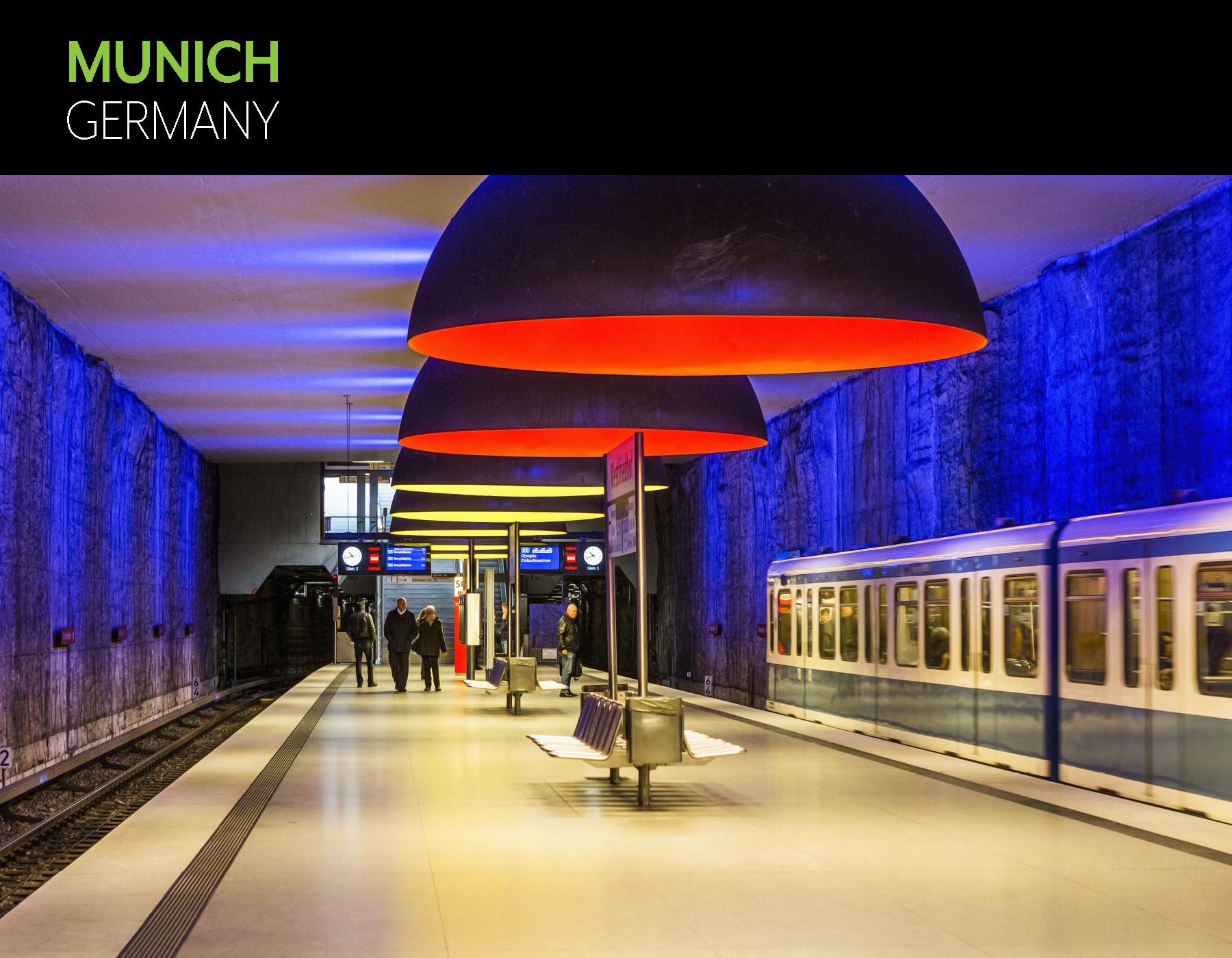
Germany is renowned for its world-class quality of life and this standard filters down into Munich’s impressive green initiatives.
While the European Union has established goals to fight climate change by deriving 20 percent of its energy from renewable sources, Munich has taken it a step further with a target of 100 percent clean energy by 2025.
The city has already invested billions into clean energy projects, including a hydro power plant on a river in the city as well as a solar plant in Spain – the European Union’s integrated electricity grid means clean energy can service the entire region.
While environmental pollution is generally low and it has the reputation for some of the world’s healthiest air in an urban environment, the city council still has some concerns about the levels of particulate matter throughout the city’s major thoroughfares – dust, dirt, soot or smoke particles and liquid droplets in the air.
Nonetheless, the benefits far outweigh the minor details. Munich boasts a highly efficient transit system, which aims to reduce the city’s car ownership in the future. This is backed by numerous expansive public parks, making Munich one of the world’s most walkable cities.
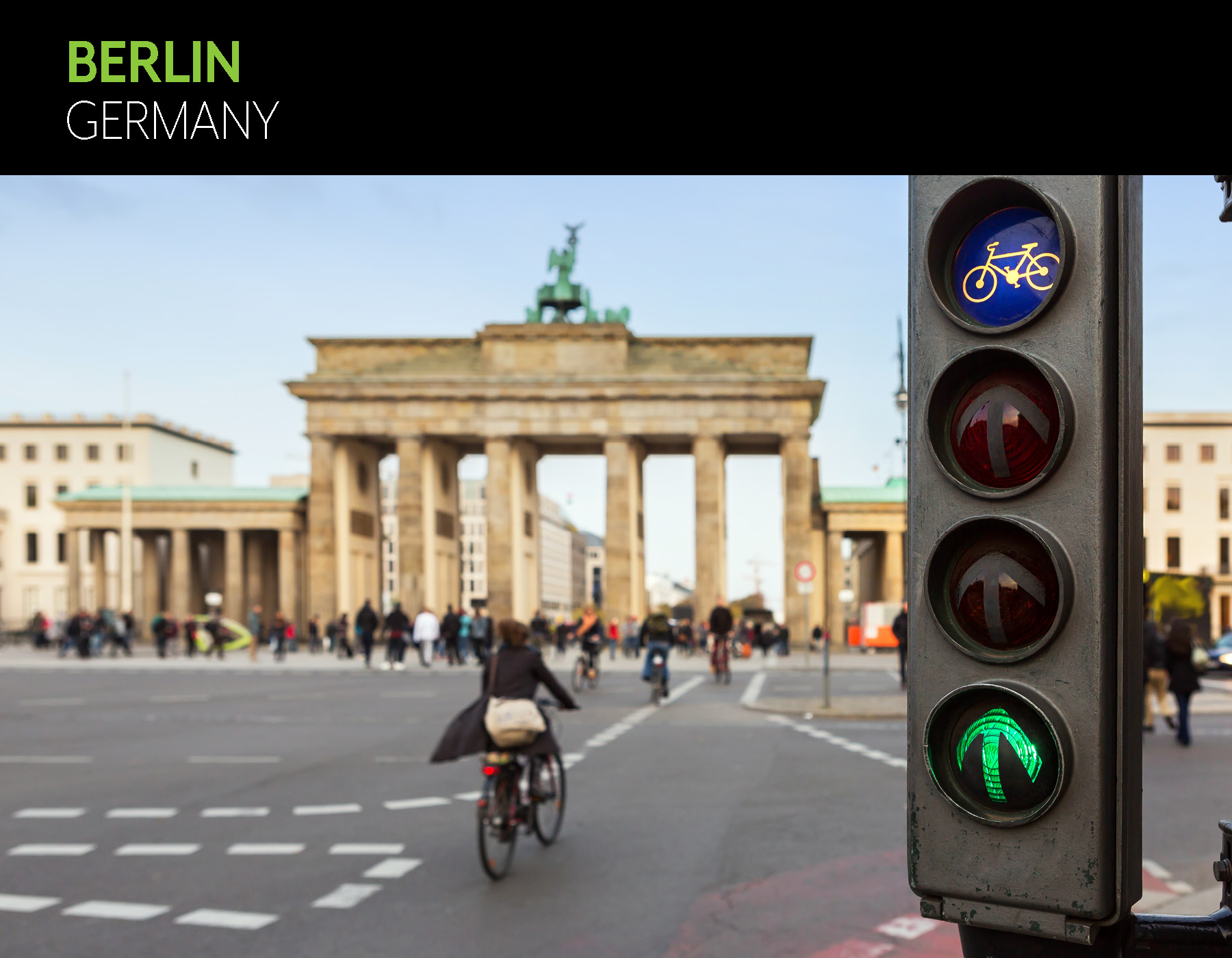
Much like its sister city of Munich, Berlin also steps up as one of the world’s leading green cities. Germany’s capital city is renowned for its highly developed bicycle lane systems, which helps to curb traffic among an urban population of more than three million people.
Estimates have indicated that there are 710 bicycles for every 1,000 residents and that 500,000 daily bike riders accounted for 13 percent of all traffic in 2010.
Elsewhere, the green initiative is evident in Berlin’s interactive green tours that educate people about the city’s biodiversity and ways to preserve it. On the lifestyle front, Berlin’s apartments include a filter system that recycles gray water to be used for watering rooftop gardens.

Look beyond the stunning historical architecture in Madrid and most will see trees. It is the city boasting the highest number of trees and green surface per inhabitant. It also comes in second behind Tokyo for the world’s highest number of aligned trees.
The city has invested significantly toward infrastructure, which seamlessly marries architecture with plant life while citizens have access to green spaces within a 15-minute walk. Leisure activities in the city include solar-powered boat tours and walking and bicycle tours.
The city has also made initiatives toward upgrading its entire public lighting infrastructure to be more energy efficient. Since 2018, there’s also been a big reform for making all taxis eco-friendly.
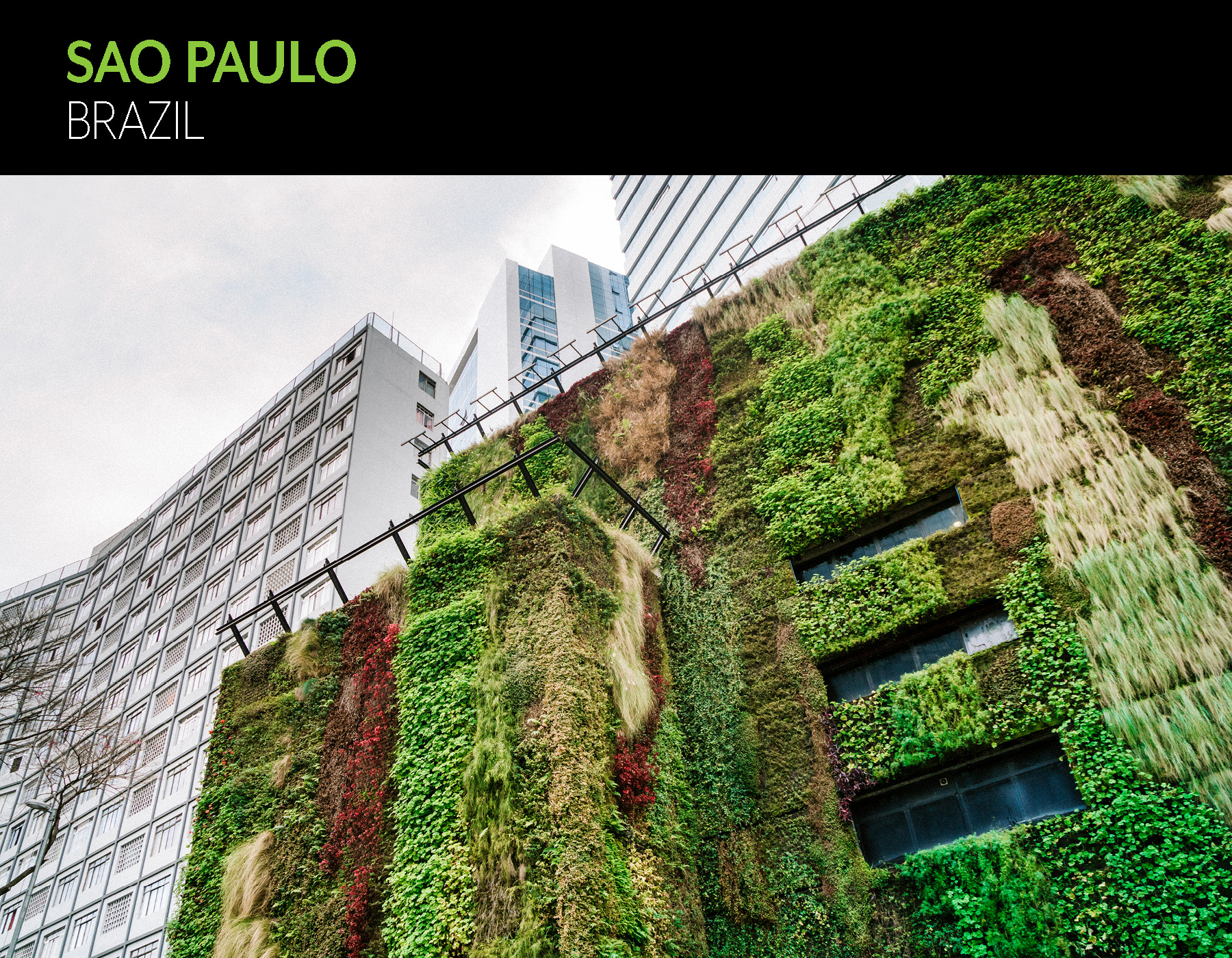
A city population of more than 12 million people doesn’t stop Sao Paulo from becoming one of the world’s leading embracers of renewable energy. The city has developed multiple initiatives to help curb the environmental impact of its residents.
For starters, it boasts nearly 200 farmers markets around the city in order to reduce carbon emissions produced from agricultural transport. Back in 2009, the council approved a law establishing the Municipal Policy for Climate Change – the first city in Brazil to do so.
Its waste management system uses thermoelectric power plants to capture and burn biogases from decaying waste in landfill – a move that simultaneously reduces the city’s methane emissions while producing clean energy.
Sao Paulo also has a clear focus on solving transport issues through its bicycle sharing programs and accompanying cycling infrastructure.
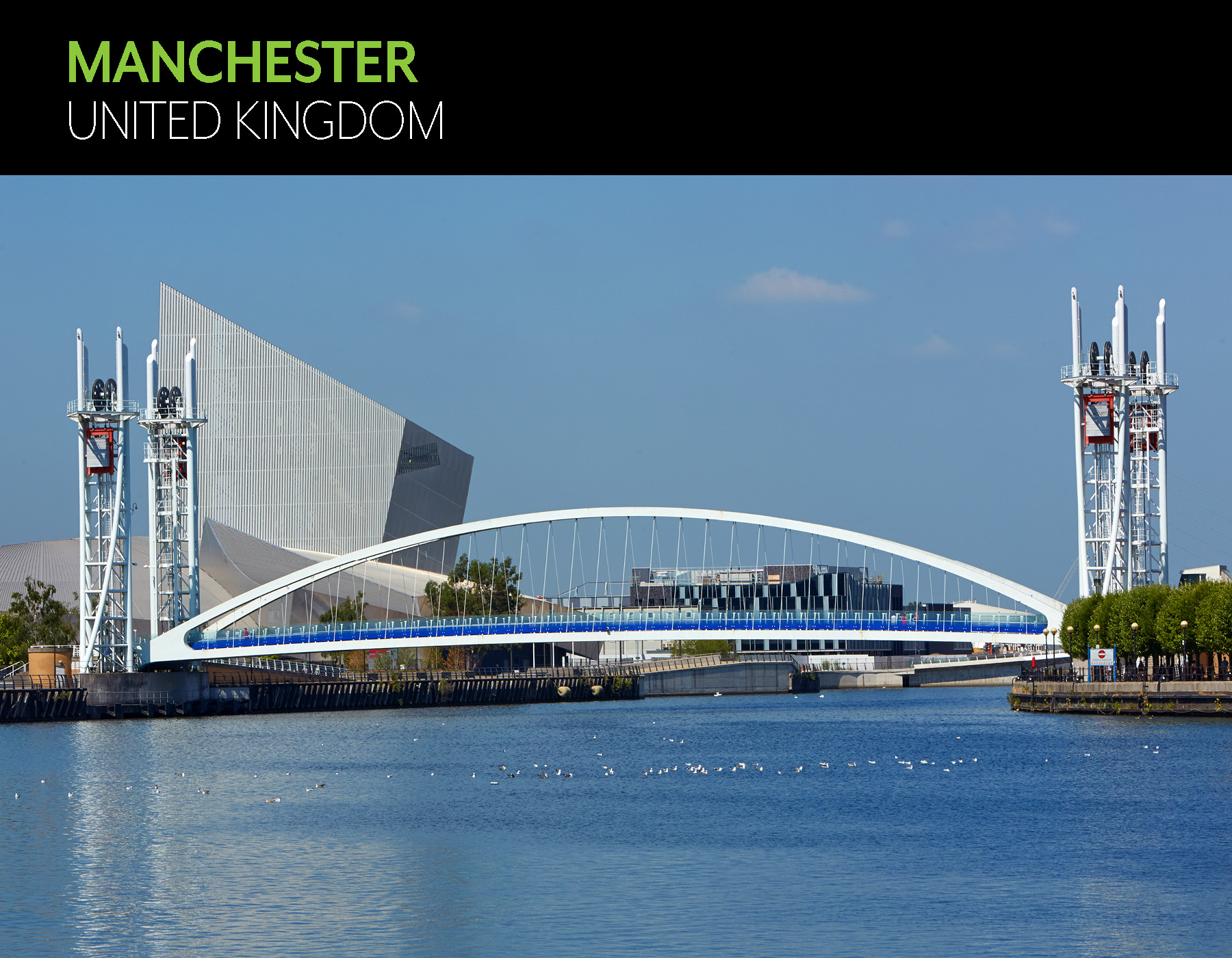
Manchester places among the top greenest cities in the United Kingdom and the world. It has made significant progress over the years by introducing robust policies to tackle emission problems by investing in public transport and cycling routes.
The city is also proactive when it comes to collective climate action. This includes everything from plans to be entirely carbon neutral by 2038 to educating citizens on consuming more consciously through the products they buy, while recycling and reusing what they can.
In addition to this, Manchester is the center of the green belt region, which is responsible for controlling urban sprawl and preserving the surrounding countryside by imposing strict building permits.
